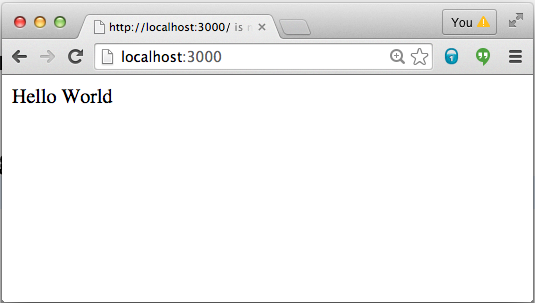One Model Everywhere
Falcor lets you represent all your remote data sources as a single domain model via a virtual JSON graph. You code the same way no matter where the data is, whether in memory on the client or over the network on the server.
The Data is the API
A JavaScript-like path syntax makes it easy to access as much or as little data as you want, when you want it. You retrieve your data using familiar JavaScript operations like get, set, and call. If you know your data, you know your API.
Bind to the Cloud
Falcor automatically traverses references in your graph and makes requests as needed. Falcor transparently handles all network communications, opportunistically batching and de-duping requests.
Getting Started
You can check out a working example server for a Netflix-like application here right now. Alternately you can go through this barebones tutorial in which we use the Falcor Router to create a Virtual JSON resource. In this tutorial we will use Falcor’s express middleware to serve the Virtual JSON resource on an application server at the URL /model.json. We will also host a static web page on the same server which retrieves data from the Virtual JSON resource.
Creating a Virtual JSON Resource
In this example we will use the Falcor Router to build a Virtual JSON resource on an app server and host it at /model.json. The JSON resource will contain the following contents:
{"greeting":"Hello World"}Normally Routers retrieve the data for their Virtual JSON resource from backend datastores or other web services on-demand. However in this simple tutorial the Router will simply return static data for a single key.
First we create a folder for our application server.
mkdir falcor-app-servercd falcor-app-server
npm initNow we install the falcor Router.
npm install falcor-router --saveThen install express and falcor-express. Support for restify, and Hapi is also available.
npm install express --save
npm install falcor-express --saveNow we create an index.js file with the following contents:
// index.jsvarfalcorExpress=require('falcor-express');varRouter=require('falcor-router');varexpress=require('express');varapp=express();app.use('/model.json',falcorExpress.dataSourceRoute(function(req,res){// create a Virtual JSON resource with single key ("greeting")returnnewRouter([{// match a request for the key "greeting" route:"greeting",// respond with a PathValue with the value of "Hello World."get:function(){return{path:["greeting"],value:"Hello World"};}}]);}));// serve static files from current directoryapp.use(express.static(__dirname+'/'));varserver=app.listen(3000);Now we run the server, which will listen on port 3000 for requests for /model.json.
Retrieving Data from the Virtual JSON resource
Now that we’ve built a simple virtual JSON document with a single read-only key “greeting”, we will create a test web page and retrieve this key from the server.
Now create an index.html file with the following contents:
<!-- index.html --><html><head><!-- Do _not_ rely on this URL in production. Use only during development. --><script src="//netflix.github.io/falcor/build/falcor.browser.js"></script><script>varmodel=newfalcor.Model({source:newfalcor.HttpDataSource('/model.json')});// retrieve the "greeting" key from the root of the Virtual JSON resourcemodel.get("greeting").then(function(response){document.write(response.json.greeting);});</script></head><body></body></html>Now visit http://localhost:3000/index.html and you should see the message retrieved from the server:

More Resources
For discussion and questions, use Stack Overflow.